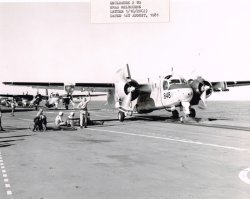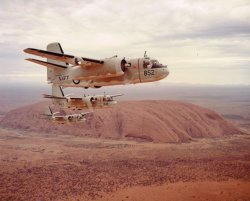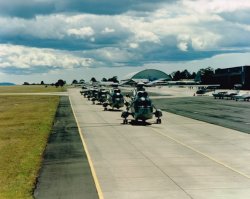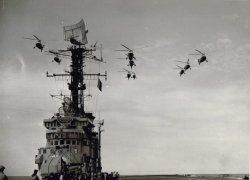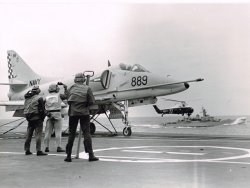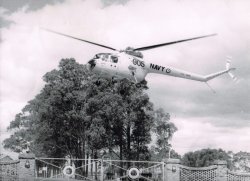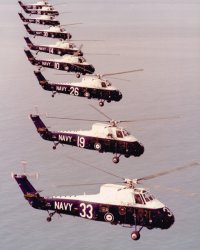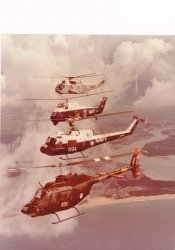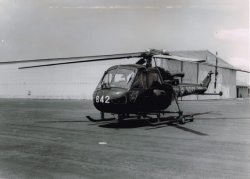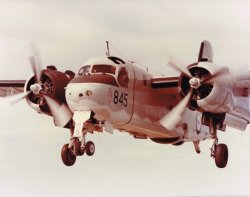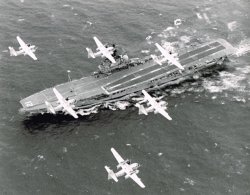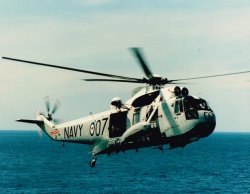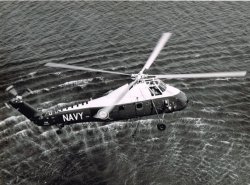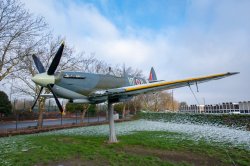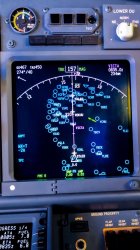One of the effects of cold weather is that the fuel when loaded is also colder than usual. The fuel continually cools during the flight, but normally, even on very long flights, it doesn't get cold enough to become an issue. But, when it's cold to start with, you're likely to eventually get near to the 'cold fuel' limits. The fuel we'll be loading tonight has a freezing temperature of -37º (though out of the USA with a different mix, it's only -30º). As you can imagine, having the fuel freeze is a bad idea.
The different tanks on the aircraft cool down at different rates. Fairly predictably, small tanks in exposed extremities are the most affected. So, for the 380, the fuel out near the wing tips, and fuel in the tail will see the most cooling. Normally the tail fuel will be consumed/transferred forward, well before the temperature limits. The wing tip fuel on the other hand, is kept until quite late in the flight, as it used to reduce the bending loads on the wing. In fact, we normally take off with about 4 tonnes in each of those tanks, and the system automatically pumps them up to 8 tonnes once airborne. If the fuel becomes cold enough in flight, that same automatic system will give us a 'cold fuel' warning, and then pump the wing tip fuel into the main tanks.
Fuel in the large feed tanks is unlikely to cool enough to become problematic, though if it did, you'd have to descend to find some warmer air. Back when I was flying the 747, we had to descend on one flight from Hong Kong to London. I forget the exact number, but it was the coldest air I'd ever seen...so cold that it was right on the aircraft flight release. The very next day, the BA 777 that flew the same route had a double engine failure on approach to Heathrow...caused by the ultra cold fuel, and its interaction with some fuel filters.








